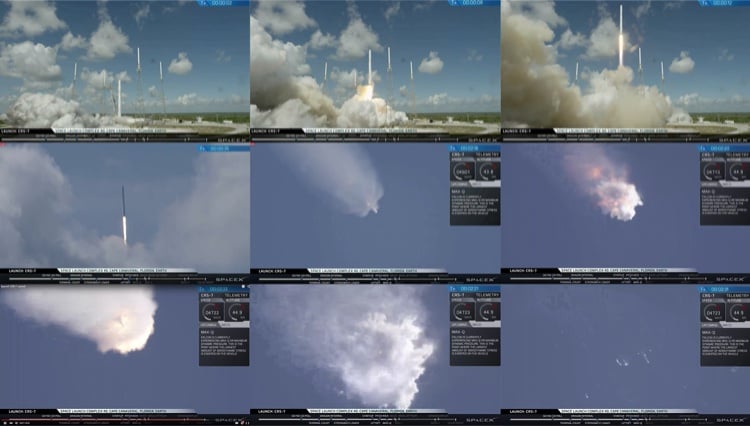



SpaceX has said its proposed launch site, shown here in panorama, will add hundreds of jobs and millions of dollars to the local economy.
When SpaceX’s Falcon 9 commercial rocket burst over the Florida coastline in July, Stevens thanked good karma for the unexpected gift. Space fanatics, meanwhile, hung their heads.
But the setback, caused by a faulty piece of equipment designed to keep a helium tank in place, did little to derail the California-based company’s efforts in Texas — or dash the hopes of those counting on its success.
State lawmakers lured SpaceX to the region in part through $15 million in incentives, in the hopes the company would provide a boon to the state’s economy.
Musk “communicated his vision very clearly to us,” recalled Gilberto Salinas, the executive vice president of the Brownsville Economic Development Council. “Our job then was, how are we going to come back to a very traditional border community in deep South Texas and convince our people down here, our leadership, that we have this company that wants to build rockets and launch them into space? And by the way, they want to colonize Mars.”

A series of screenshots depicts the failed SpaceX CRS-7 mission on June 28, 2015.
The answer hinged on economics. SpaceX has promised to make South Texas home to the world’s first commercial site for orbital launches, creating 300 jobs by 2024 and generating millions of dollars for the local economy. The jobs will come with an average salary of $65,000 annually, SpaceX says; the average annual salary in Cameron County is currently just $30,000.
“SpaceX is moving full steam ahead with the development of the South Texas launch site and is excited to partner with local communities in this effort,” spokesman Phil Larson wrote in an email.
Below: SpaceX's fenced off facility is located a few miles from the proposed launch site.
